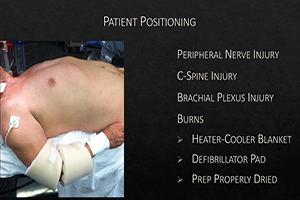Complications and their management in robotic mitral valve surgery from the surgical assistant’s perspective
Abstract
Robotic mitral valve (MV) repair is an alternative approach to traditional MV repair via median sternotomy. There is a rich history of innovation embedded within robotic MV surgery. Since the inaugural robotic MV repair performed in May 1998 by Carpentier, progressive techniques and expanding indications have given surgeons the opportunity to offer an increasing number of their patients access to robotic MV surgery. This, coupled with less cynicism surrounding robotic and minimally invasive surgery, has stimulated robotic cardiac surgery program development and the number of robotic MV procedures performed annually. Utilizing the robotic technology in MV surgery is far from the standard of care and must be approached modestly by only well trained and experienced cardiothoracic surgeons and teams. Advanced surgical techniques provide numerous opportunities for complications and adverse outcomes. It is essential for the entire robotic cardiac surgery team to be aware of the additional risks during each step of the procedure. The fundamental principle of robotic MV repair is to avoid complications with anticipation. No surgery is without risk, and unfortunately, some of those risks are unavoidable. If a complication does occur, it is essential the surgeon and robotic team understand their roles and how to triage the event. This keynote lecture will outline each phase of the robotic MV repair surgery before, during and after the patient cart is docked to the patient. Within each phase we will identify potential complications and their management.
Cover






